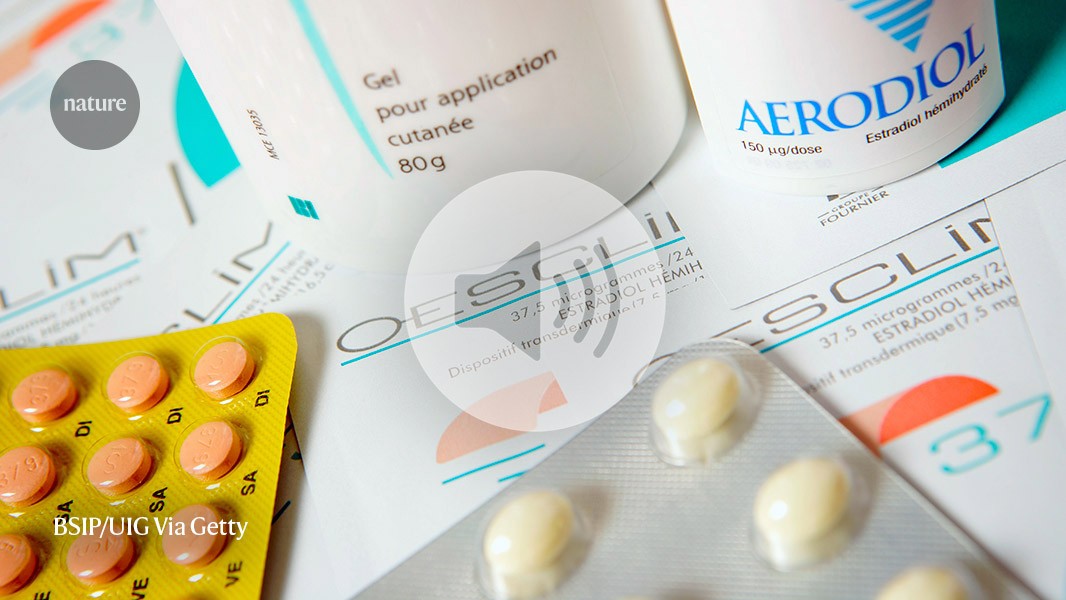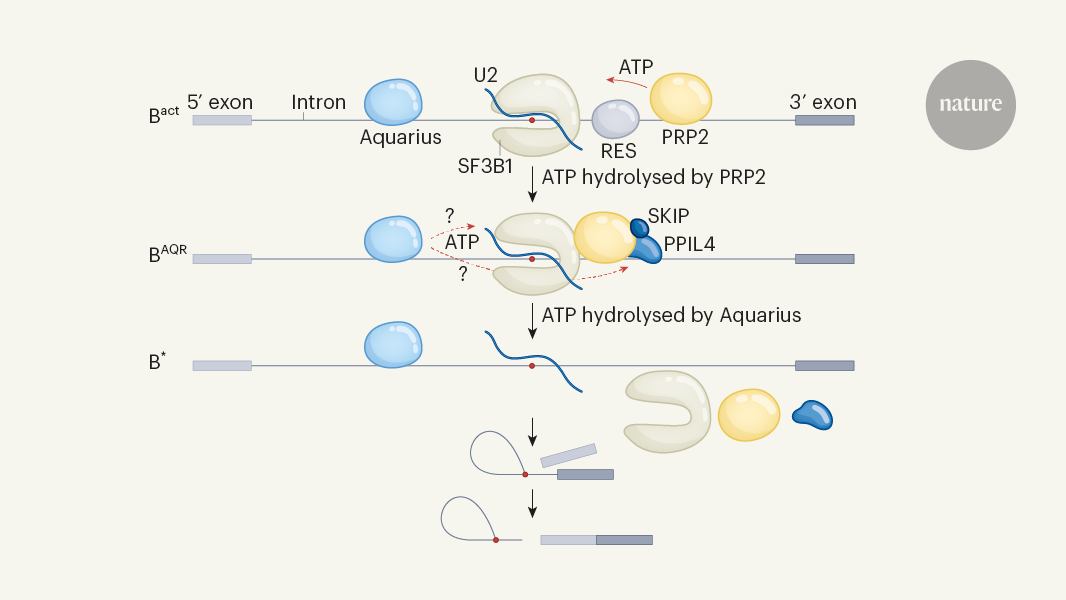- Select a language for the TTS:
- UK English Female
- UK English Male
- US English Female
- US English Male
- Australian Female
- Australian Male
- Language selected: (auto detect) - EN
Play all audios:
ABSTRACT Summary: α1-Antitrypsin, a proteinase inhibitor, was previously shown to be decreased in the cord blood and elevated in the amniotic fluid of infants with RDS. The low cord
α1-antitrypsin in RDS may be the result of either decreased production or increased catabolism or loss of the protein by the fetus. To determine whether there is a specific preferential
decrease in α1-antitrypsin in the cord blood of infants with RDS, we have compared the reduction in blood levels of α1-antitrypsin with that of a low molecular weight protein which has no
antiproteinase activity, α1-acid glycoprotein (mol wt = 41,000). If a molecular sieve type of leakage is basic mechanism responsible for the low α1-antitrypsin in the cord blood of infants
with RDS, then α1-acid glycoprotein might be decreased at least to a comparable degree in the cord blood. Both proteins were measured by the radial immunodiffusion method hi 36 cord blood
specimens, 13 of which had matching amniotic fluids which were also studied. There was a significant lowering of the cord blood α1-acid glycoprotein in preterm infants with RDS (12.4 ± 1.3)
compared to those without RDS (21.1 ± 4.3) (_P_ < 0.05). When the same specimens were analyzed for α1-antitrypsin, the difference between preterm infants with RDS and those without RDS
did not reach statistical significance (_P_ = 0.12). These findings support the hypothesis the serum proteins are decreased in RDS mainly because of diffuse capillary leakage. Speculation:
The results of this study suggest that _in utero_ hypoxia or other factors associated with low Apgar scores and abnormal blood gases result hi increased capillary permeability. A detectable
decrease in the concentration of one or more cord serum proteins, especially those of low molecular weight, may be a sensitive indicator of fetal distress and increased capillary
permeability. SIMILAR CONTENT BEING VIEWED BY OTHERS MATERNAL SERUM ALPHA-1 ANTITRYPSIN LEVELS IN SPONTANEOUS PRETERM AND TERM PREGNANCIES Article Open access 11 May 2024 THE SERUM
THIOREDOXIN-1 LEVELS ARE NOT ASSOCIATED WITH BRONCHOPULMONARY DYSPLASIA AND RETINOPATHY OF PREMATURITY Article Open access 16 February 2024 IGGFC-BINDING PROTEIN IN PREGNANCIES COMPLICATED
BY SPONTANEOUS PRETERM DELIVERY: A RETROSPECTIVE COHORT STUDY Article Open access 17 March 2021 ARTICLE PDF AUTHOR INFORMATION AUTHORS AND AFFILIATIONS * Division of Perinatal Medicine and
Immunology-Allergy, Department of Pediatrics, Harbor General Hospital, UCLA School of Medicine, Torrance, California, USA Sok Kyu Lee, Donald W Thibeault & Douglas C Heiner Authors * Sok
Kyu Lee View author publications You can also search for this author inPubMed Google Scholar * Donald W Thibeault View author publications You can also search for this author inPubMed
Google Scholar * Douglas C Heiner View author publications You can also search for this author inPubMed Google Scholar RIGHTS AND PERMISSIONS Reprints and permissions ABOUT THIS ARTICLE CITE
THIS ARTICLE Lee, S., Thibeault, D. & Heiner, D. α-Antitrypsin and α1-Acid Glycoprotein Levels in the Cord Blood and Amniotic Fluid of Infants with Respiratory Distress Syndrome.
_Pediatr Res_ 12, 775–777 (1978). https://doi.org/10.1203/00006450-197807000-00007 Download citation * Issue Date: 01 July 1978 * DOI: https://doi.org/10.1203/00006450-197807000-00007 SHARE
THIS ARTICLE Anyone you share the following link with will be able to read this content: Get shareable link Sorry, a shareable link is not currently available for this article. Copy to
clipboard Provided by the Springer Nature SharedIt content-sharing initiative KEYWORDS * α1-Acid glycoprotein * amniotic fluid * α1-antitrypsin * blood, cord * newborn * respiratory distress
syndrome






